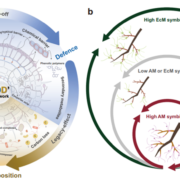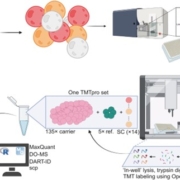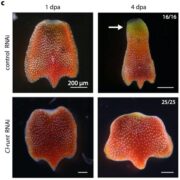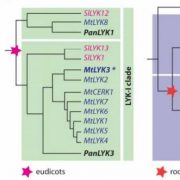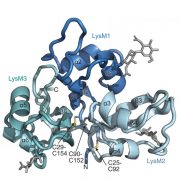Symbiotic secrets: A multi-omics exploration of the lichen Xanthoria parietina
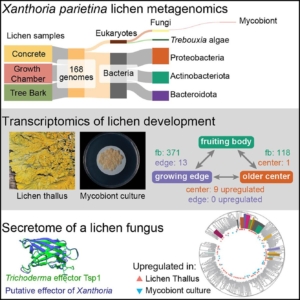 Lichens are complex symbiotic organisms formed by algae or cyanobacteria living within the filaments of multiple fungal species. This unique partnership, which is both stable and self-replicating across generations, represents one of the most successful lifestyle strategies in the biological world. Lichens play a crucial role in nutrient cycling and ecosystem stability, often thriving in extreme environments where few other organisms can survive. Interestingly, lichens exhibit properties distinct from those of their individual components, yet the molecular mechanisms underlying their formation and persistence remain largely unknown. To address this knowledge gap, Tagirdzhanova and colleagues employed metagenomics and metatranscriptomics to investigate the symbiosis in the model lichen Xanthoria parietina. Their study generated a comprehensive dataset encompassing the genome, transcriptome, and secretome, providing a valuable resource for future research on lichen developmental biology. Notably, they identified an enrichment of NLR-like genes and effector proteins in the mycobiont, suggesting that lichen symbiosis involves bidirectional recognition between symbionts and potentially the selective recruitment of compatible microbial partners. (Summary by Ching Chan @ntnuchanlab) Current Biology 10.1016/j.cub.2024.12.041
Lichens are complex symbiotic organisms formed by algae or cyanobacteria living within the filaments of multiple fungal species. This unique partnership, which is both stable and self-replicating across generations, represents one of the most successful lifestyle strategies in the biological world. Lichens play a crucial role in nutrient cycling and ecosystem stability, often thriving in extreme environments where few other organisms can survive. Interestingly, lichens exhibit properties distinct from those of their individual components, yet the molecular mechanisms underlying their formation and persistence remain largely unknown. To address this knowledge gap, Tagirdzhanova and colleagues employed metagenomics and metatranscriptomics to investigate the symbiosis in the model lichen Xanthoria parietina. Their study generated a comprehensive dataset encompassing the genome, transcriptome, and secretome, providing a valuable resource for future research on lichen developmental biology. Notably, they identified an enrichment of NLR-like genes and effector proteins in the mycobiont, suggesting that lichen symbiosis involves bidirectional recognition between symbionts and potentially the selective recruitment of compatible microbial partners. (Summary by Ching Chan @ntnuchanlab) Current Biology 10.1016/j.cub.2024.12.041


